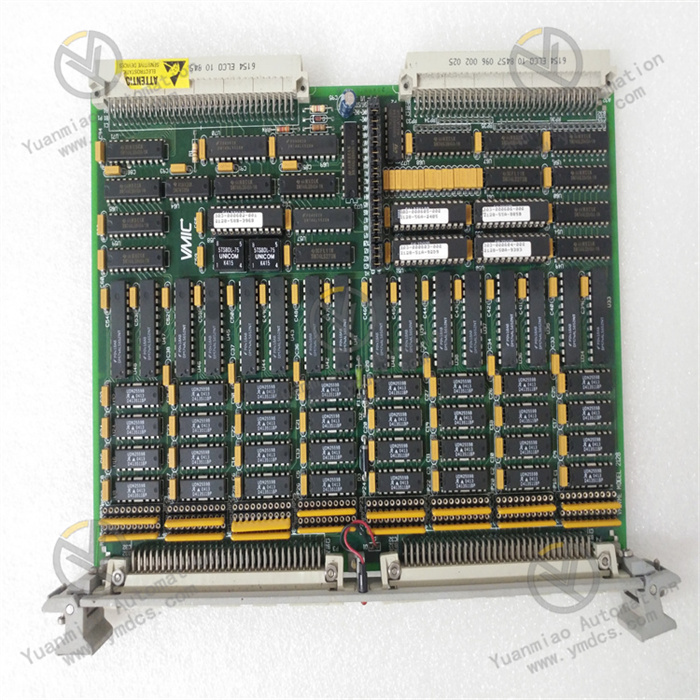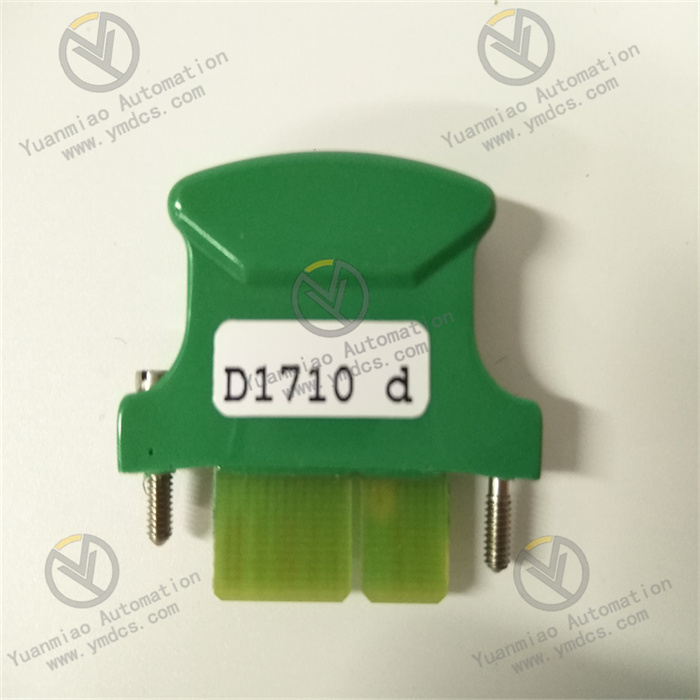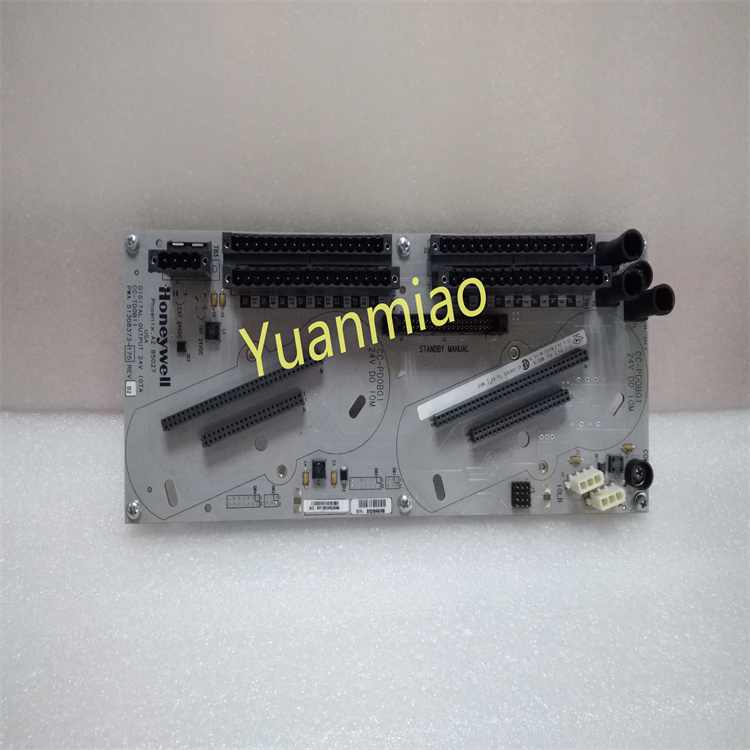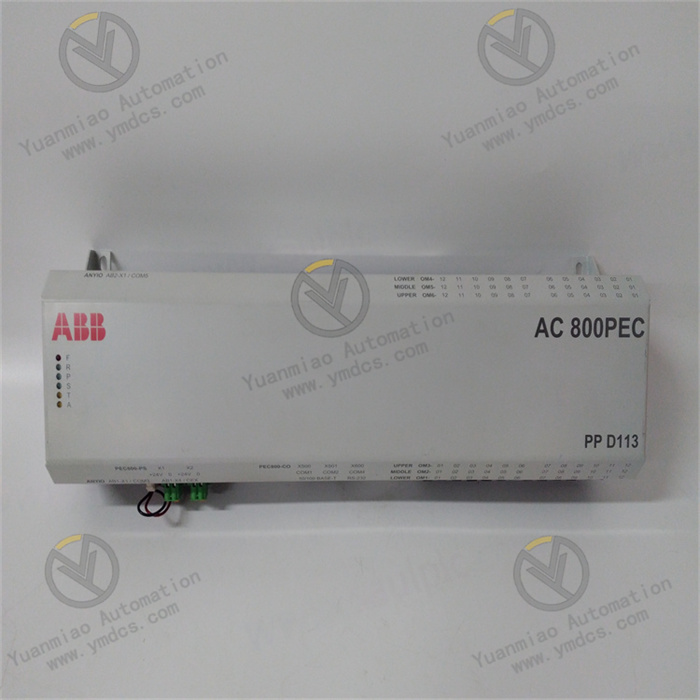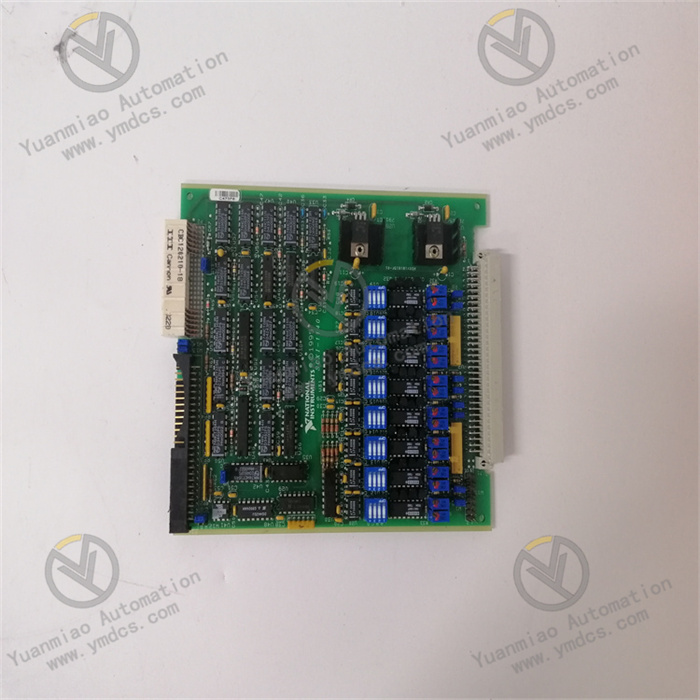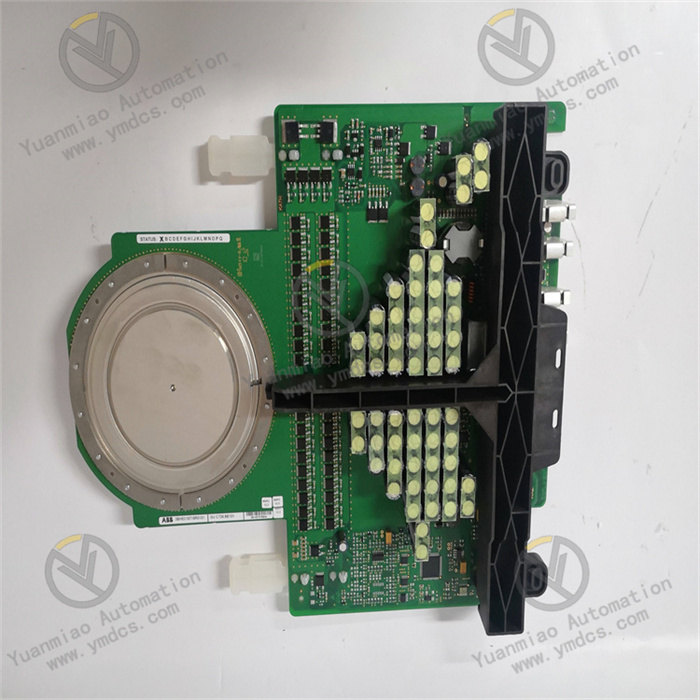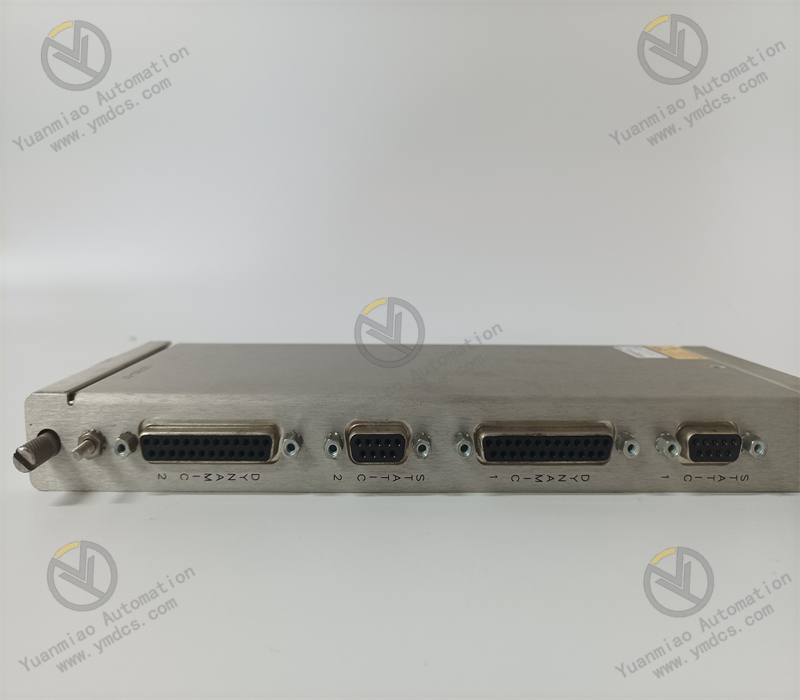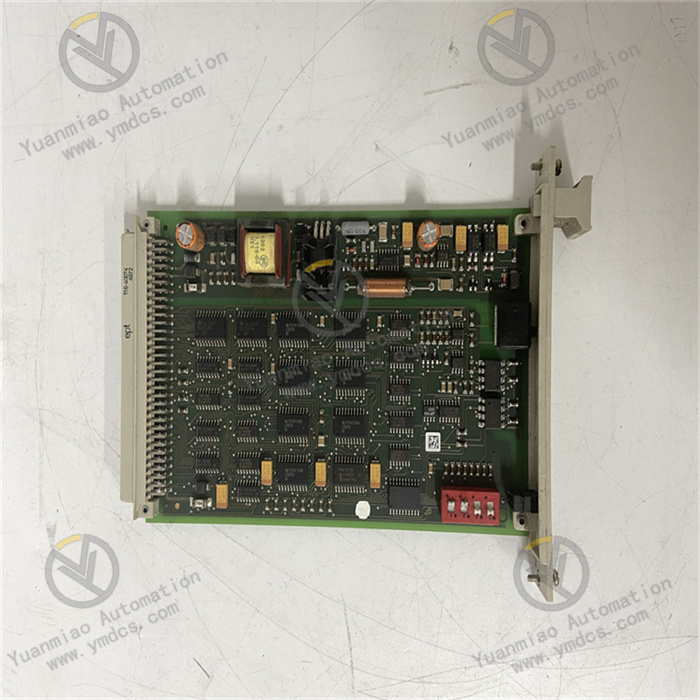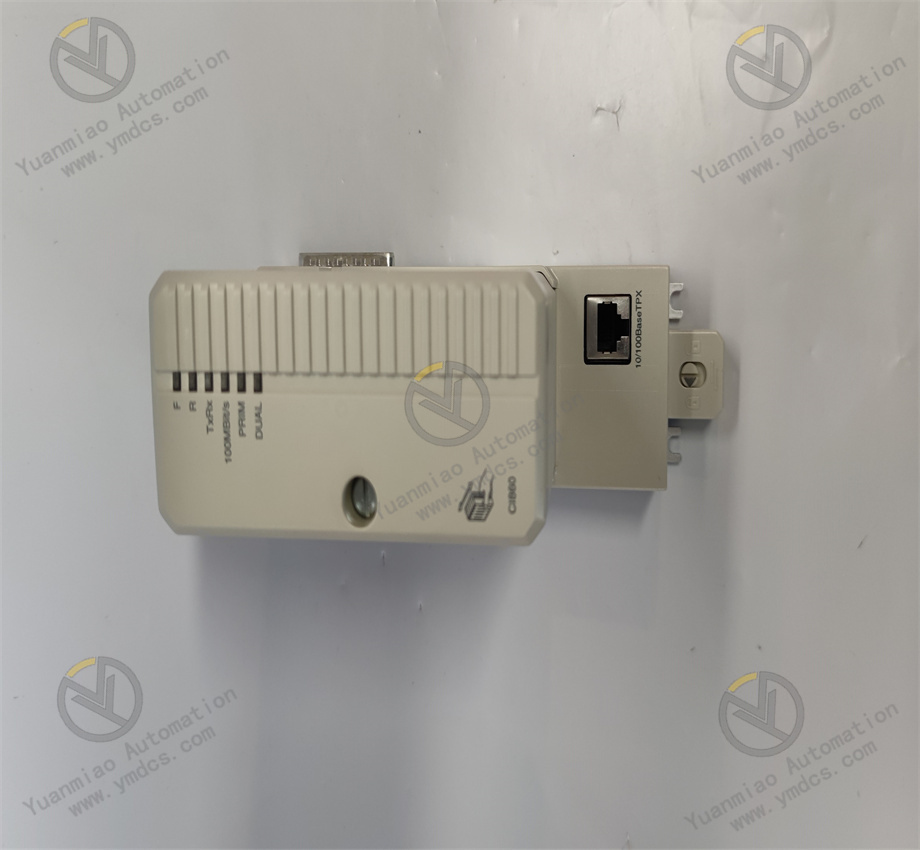Description
Abaco Systems VMIVME-2128
Overview
The Abaco Systems VMIVME-2128 is a high-performance single-board computer (SBC) based on the VME (VersaModule Eurocard) bus architecture. Specifically designed for industries with extreme reliability and real-time requirements, such as industrial automation, test & measurement, aerospace, and defense, it integrates powerful processing capabilities, rich I/O interfaces, and excellent environmental adaptability. The VMIVME-2128 ensures stable operation in complex and harsh conditions, providing efficient data processing, precise control, and reliable communication support for critical mission systems. It serves as an ideal choice for building high-performance embedded computing platforms.
Functional Features
Powerful Processing Performance
Equipped with a high-performance processor and advanced chipset technology, it enables efficient instruction execution and multi-task parallel processing, rapidly responding to and handling complex algorithms and large data volumes. Whether for high-speed computation/analysis of real-time industrial data or high-precision navigation/control data processing in aerospace, it ensures smooth system operation and timely task response.
Diverse I/O Interfaces
- Ethernet: Enables high-speed network communication for data interaction, remote monitoring, and management.
- Serial & USB Ports: Facilitate connection to peripherals (sensors, actuators, storage devices) for efficient data transmission and device control.
- Dedicated VME Bus Interface: Ensures seamless integration with other VME devices, allowing flexible expansion to build complex distributed computing systems.
High Reliability & Stability
- Industrial-Grade Design: Resists electromagnetic interference, vibration, and shock, operating stably in harsh environments (high/low temperature, humidity, dust).
- Built-in Fault Diagnosis: Monitors operating status in real-time, triggering alarms and protective measures for anomalies (hardware failure, voltage fluctuations, overheating), reducing failure risks and maintenance costs.
Flexible Software Compatibility
Supports mainstream operating systems (real-time OS like VxWorks and general-purpose OS like Linux/Windows), enabling users to choose platforms based on applications. This facilitates software development and system integration for both real-time industrial control and conventional data processing.
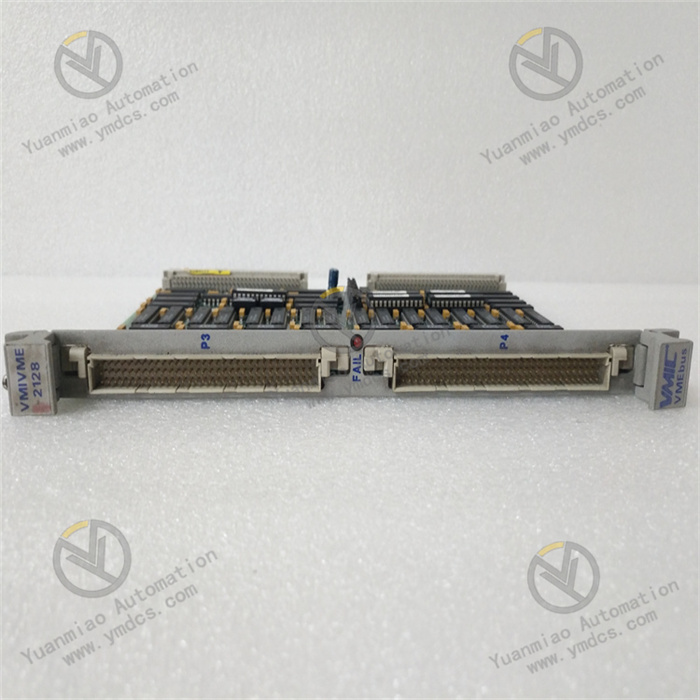
Working Principle
System Boot Process
- Power Conditioning: The power management module stabilizes input voltage for reliable component supply.
- BIOS Initialization: The processor loads BIOS from onboard flash, initializing hardware (memory self-check, I/O configuration, bus frequency/address setup).
- OS Loading: BIOS boots the OS kernel and drivers from the specified storage (HDD/SSD) per the preset sequence.
Data Processing Flow
- External data (e.g., industrial sensor data or network commands) is transmitted to memory via I/O interfaces.
- The CPU processes data per pre-programmed algorithms, storing results in memory or outputting to external devices (displays/actuators).
- The OS allocates CPU resources via task scheduling to ensure efficient multi-task execution.
Bus Communication Principle
- VME Bus Protocol: As a master or slave, the VMIVME-2128 follows VME rules for data transfer and address allocation.
- Bus Arbitration: When multiple devices request the bus, an arbiter assigns control based on priority, ensuring accurate and efficient data transmission for collaborative operation.
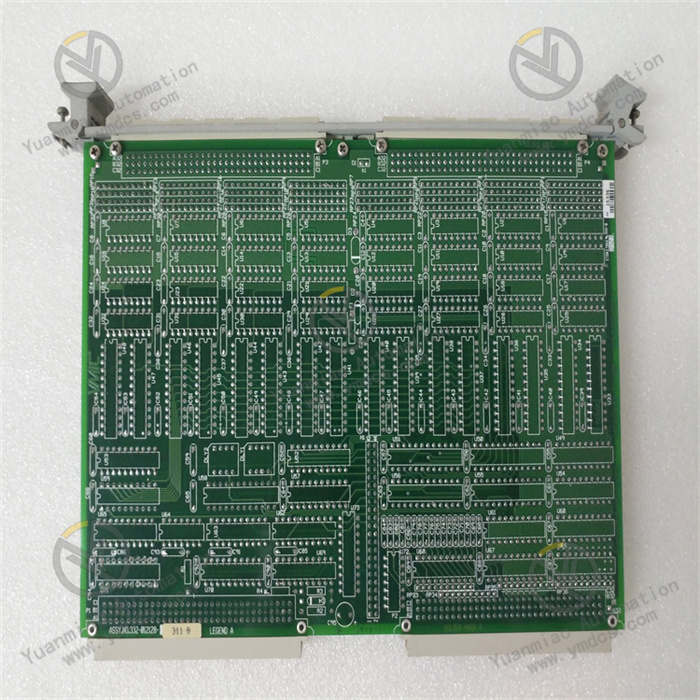
Common Faults and Troubleshooting
| Fault Symptom | Possible Causes | Solutions |
|---|---|---|
| Device Fails to Start | 1. Power issues (abnormal voltage, loose cables, faulty module) 2. Corrupted/missing BIOS 3. Loose/damaged hardware connections | 1. Check voltage, secure cables, replace faulty power modules. 2. Restore BIOS from backup (if available) or contact Abaco support. 3. Reinstall components (memory/CPU) and replace damaged parts. |
| I/O Communication Error | 1. Loose connections 2. Missing/corrupted drivers 3. Faulty external devices 4. Damaged I/O hardware | 1. Reconnect cables. 2. Update/reinstall drivers via Device Manager. 3. Test devices on other systems; repair/replace faulty ones. 4. Contact professionals to repair/replace I/O boards. |
| System Freezing/Stuttering | 1. Memory failure (corruption/insufficiency) 2. CPU overheating 3. Software conflicts 4. Malware infection | 1. Run memory diagnostics; replace modules or upgrade capacity. 2. Clean cooling fans/heatsinks, reapply thermal paste, replace faulty fans. 3. Uninstall conflicting software; repair/reinstall OS/applications. 4. Perform full-system antivirus scans and update security software. |
| VME Bus Communication Error | 1. Address conflicts 2. Incorrect protocol settings 3. Damaged/loose cables 4. Faulty bus interface hardware | 1. Ensure unique VME device addresses and modify conflicting ones. 2. Verify protocol settings (data transfer mode, arbitration). 3. Replace damaged cables and secure connections. 4. Use substitution to test interface cards; consult professionals for repairs. |


